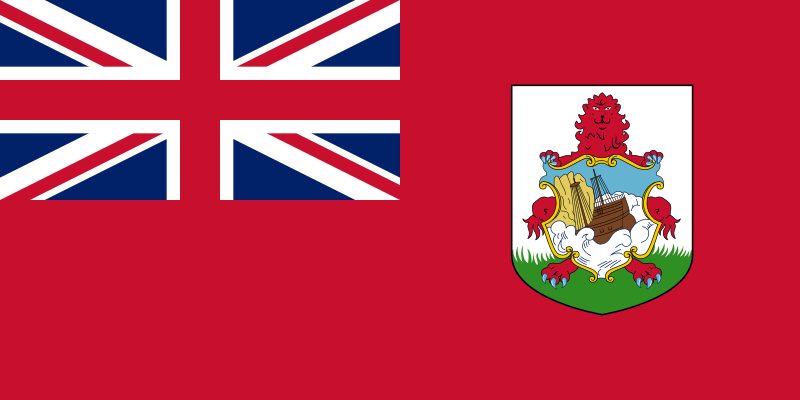Vermont Flag: A Symbol of History and Pride
The Vermont flag is a powerful symbol of the state’s rich history, natural beauty, and independent spirit. Adopted in 1923, it is an emblem that represents the people, culture, and values of Vermont. Whether flying high at state government buildings or displayed at homes and businesses across the state, the Vermont flag is a source of pride for its citizens.

Design of the Vermont Flag
The current Vermont state flag features a blue field with the state’s coat of arms prominently placed in the center. The coat of arms depicts several elements that are symbolic of Vermont’s identity:
- Pine Tree: At the heart of the coat of arms is a large pine tree, a nod to the state’s vast forests and natural resources.
- Cattle and Wheat Sheaves: These agricultural symbols signify Vermont’s history as a state with deep farming roots, particularly in dairy and agriculture.
- Green Mountains: The backdrop of mountains in the coat of arms represents the Green Mountains, which run through the state and are a defining feature of its geography.
- Deer: A stag’s head sits above the shield, symbolizing Vermont’s wildlife and the abundance of nature within its borders.
- Motto: Below the shield is a banner that reads, “Freedom and Unity,” a statement that encapsulates Vermont’s ethos of individual freedom balanced with communal responsibility.
History of the Vermont Flag
The Vermont flag has undergone several changes throughout the state’s history. The first official flag was introduced in 1804, but it closely resembled the U.S. flag with 17 stripes and stars, which led to confusion. In 1837, a new design featuring the Vermont coat of arms on a blue field was adopted, but it wasn’t until 1923 that the current design became the official state flag. This final version solidified the state’s identity and avoided any resemblance to the national flag.
Meaning Behind the Vermont Flag
Each symbol in the Vermont flag’s coat of arms has a deeper meaning, reflecting the state’s values and resources:
- Pine Tree: A symbol of strength, independence, and Vermont’s timber industry.
- Green Mountains: Highlighting the natural beauty and geographical importance of Vermont.
- Agriculture: The wheat sheaves and cattle emphasize the state’s agricultural heritage, especially dairy farming.
- Deer: Representing the natural abundance and wildlife that Vermonters cherish.
- Motto “Freedom and Unity”: Vermont values individual freedom, but its people also work together in unity for the common good.
The Importance of the Vermont Flag
The Vermont flag is more than just a symbol; it serves as a representation of the state’s pride in its natural beauty, agricultural traditions, and the independent spirit of its citizens. It flies at public institutions, government buildings, and during special state ceremonies, reflecting the state’s heritage and values.
How to Display the Vermont Flag
When displaying the Vermont flag, it’s important to follow proper flag etiquette:
- The flag should be flown from sunrise to sunset but can be flown at night if illuminated.
- It should always be treated with respect, never touching the ground or being displayed in a tattered condition.
- When displayed with other flags, the Vermont flag should be flown below the national flag but above other state or local flags.
FAQs About the Vermont Flag
1. When was the Vermont flag adopted?
The current version of the Vermont flag was officially adopted in 1923.
2. What does the Vermont flag symbolize?
The Vermont flag symbolizes the state’s agricultural heritage, natural beauty, and independent spirit. The symbols on the flag, such as the pine tree, mountains, cattle, and stag, represent various aspects of Vermont’s identity.
3. Why was the Vermont flag changed?
The Vermont flag was changed in 1923 to avoid confusion with the U.S. flag and to create a more distinct and unique design for the state.
4. What is the meaning of the motto “Freedom and Unity”?
The motto “Freedom and Unity” reflects Vermont’s values of individual liberty balanced by a sense of collective responsibility and community.
5. What is the proper way to display the Vermont flag?
The Vermont flag should be flown from sunrise to sunset, treated with respect, and illuminated if displayed at night. When displayed with other flags, it should be below the national flag but above other state or local flags.
6. Where can I purchase a Vermont flag?
Vermont flags are available for purchase at flag shops, online retailers, and stores that specialize in state memorabilia.
The Vermont flag is a rich symbol of the state’s history, values, and pride. From its agricultural symbols to its natural landscapes, the flag tells a story of Vermont’s past and present. Displayed with respect and honor, the Vermont flag continues to inspire Vermonters and those who admire the state’s enduring spirit.
Also Read, Cabo Verde Flag: History, Meaning, and Symbolism
Gabon Flag: History, Meaning, and Symbolism
Flag of Côte d’Ivoire: History, Meaning, and Symbolism












